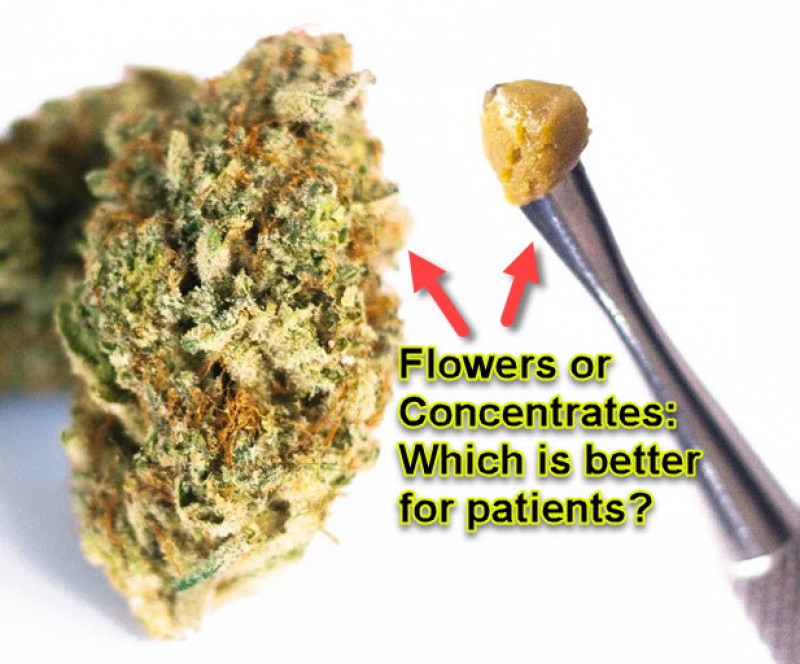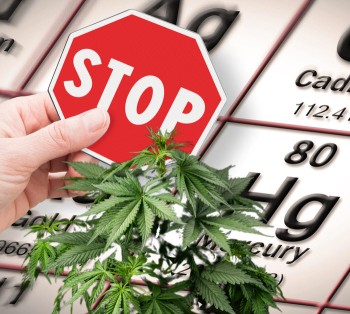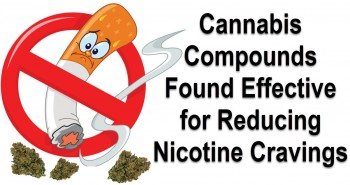Flowers or Concentrates: Which is better for patients?
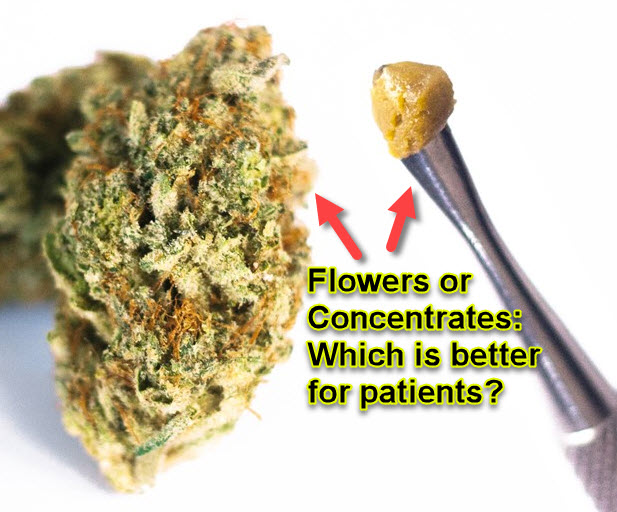
MMJ patients have a wide variety of administration methods available for medicating cannabis. There are many choices each with their own benefits for a patient’s specific needs, but concentrates in particular have become increasingly popular in the medical community. However, a lot of patients still feel intimidated by concentrates since they’re far more potent than flower and it’s usually associated with complicated ways to administer them.
Edibles are still used by a number of patients but only those who don’t require immediate relief since its effects are felt thirty minutes or even a full hour later. This is why more and more MMJ patients are drawn to smoking flower or using concentrates. Both consumption methods deliver quick relief from a variety of painful ailments.
But when it comes to make a choice between the two, how do you choose?
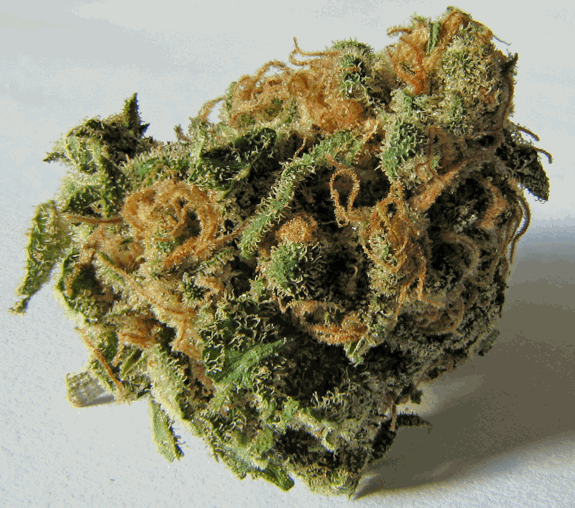
Flower
Cannabis flowers are rich in healing cannabinoids and terpenes found in the resin glands, also known as trichomes, that are located on the surface of its buds and leaves. These trichomes are also referred to as the “warehouse” of the plant when it comes to creating all the healing goodness that we love in cannabis. The plant itself also contains several hundreds of valuable cannabinoids and compounds that have more healing properties when combined with each other, a concept we know as the “entourage effect”. Concentrates are made by extracting the resin from the flower to make a much more potent medicine.
Pros
- Easy method of administration: just smoke the flowers off a joint, bowl, vaporizer, or bong.
- The cannabis buds are unprocessed, whereas in concentrates they are processed
- The trichomes in the dried cannabis flowers remain intact so that the patient gets all the useful cannabinoids as well as the terpenes
- Can be cultivated at home; more affordable than concentrates
- Ideal for patients who require less intensive medicine such as those with anxiety or mental disorders
Cons
- Not everyone enjoys smoking; this method of administration isn’t advisable for patients who are suffering from respiratory infections, asthma, or other similar ailments
- Smoking gives a lower dose compared to concentrates; patients with serious or life-threatening conditions such as cancer need stronger medicine
- More expensive for those who opt to use vaporization to smoke cannabis in a healthier way
- Risk for mold and mildew

Concentrates
Concentrates are made from processed cannabis flowers by extracting resin using certain kinds of solvents. These are pretty much the condensed version of a cannabis plant, which means that in order to obtain the same kind of benefits that you would out of a concentrate you’d have to smoke a tremendous amount of flower.
The primary challenge with concentrates is finding good-quality and affordable varieties, which can be challenging for patients. If the concentrate is top-shelf, it’s likely going to expensive. But you’d also need much less since they’re extremely potent, so you would need less product to enjoy its therapeutic value.
The most popular, effective, and affordable form of concentrates is full-extract medical cannabis oil. If you want to make sure you’re getting as much healing benefits as you can, you should opt for full-extract versions which means that it contains not just THC and CBD but also terpenes and other cannabinoids that are just as important. Concentrates that aren’t full-extract or full-spectrum don’t usually have these terpenes although they’re still useful; just to a lesser degree.
Pros:
- Concentrates can be enjoyed through a variety of consumption methods: dabbing, sublingual oils, topical oils, and tinctures
- Much more potent: where cannabis buds are usually up to 25% potency, concentrates can reach as much as 60-80% potency; it’s not uncommon to find some extracts that are even as much as beyond 90% in potency which makes it suitable for patients who need strong and quick relief
- Mild or CBD-rich concentrates are available for patients who are intimidated by the potency
- Can be added into food or drinks
- Ideal for patients in need of intensive therapy such as those with cancer, Parkinson’s disease, and epilepsy
Cons:
- While concentrates are usually considered purer, they can contain pesticides, chemicals, or residual solvents if it isn’t laboratory-tested
- Finding pesticide-free concentrates can be challenging
- Some concentrates are highly processed which means that it lacks some of the beneficial compounds that a flower will have
- Expensive
- Difficult to make from home safely
Each patient should carefully weigh their needs and try various methods to find one that’s suitable for them. When it comes to choosing between flowers or concentrates, at the end of the day, every patient will have their own preferences.
OTHER STORIES YOU MAY ENJOY...
IS CANNABIS REALLY MEDICINE, CLICK HERE.

